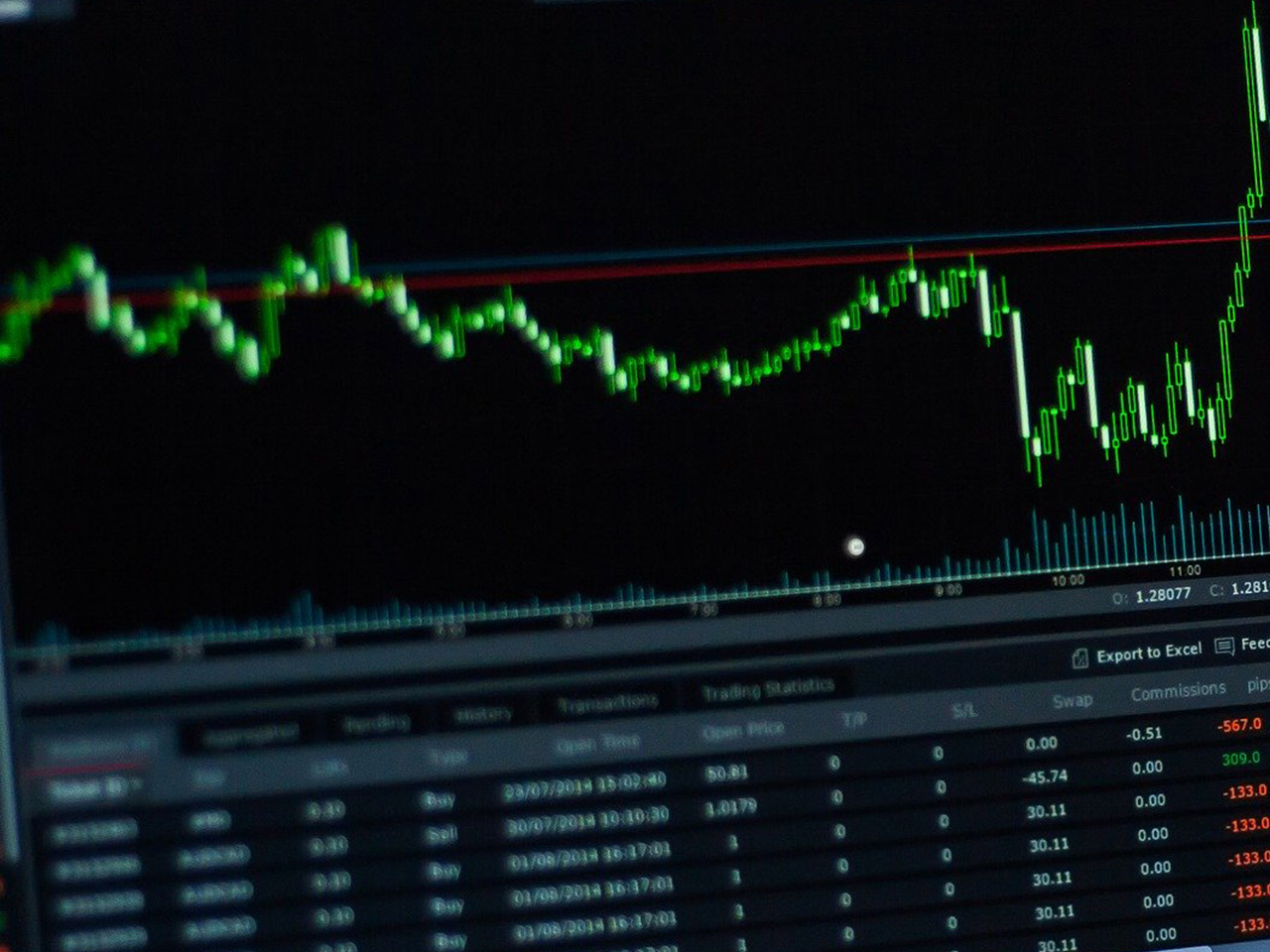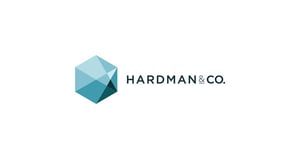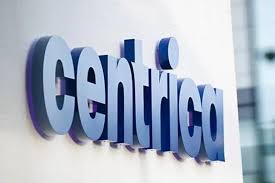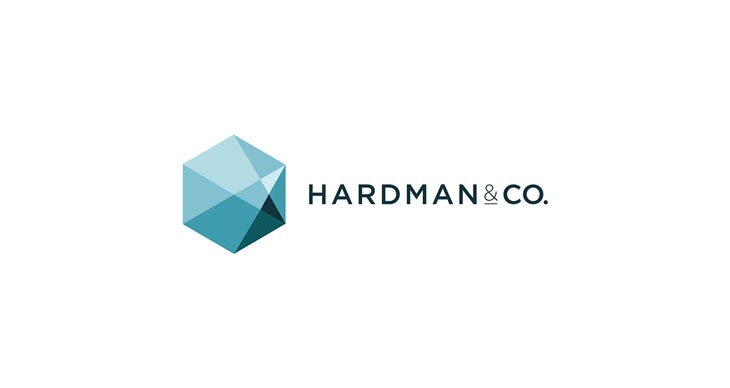Kingfisher Plc (KGF.L), a prominent player in the home improvement retail sector, is currently navigating a challenging market landscape. With a market capitalisation of $4.72 billion, this UK-based company continues to be a significant entity in the consumer cyclical sector. Operating under well-known brands such as B&Q, Screwfix, and Castorama, Kingfisher’s diversified geographical footprint spans the UK, Ireland, France, Poland, and beyond, offering both in-store and e-commerce retail solutions.
Despite the pressures faced by the retail sector, Kingfisher’s current stock price of 269.7 GBp places it within a 52-week range of 228.20 to 331.80 GBp. The recent price change, a slight dip of 0.01%, reflects market volatility but also highlights the stock’s relative stability over the past year.
A closer look at valuation metrics reveals an intriguing picture. The absence of a trailing P/E ratio and the forward P/E of 1,098.53 indicate a market that may be pricing in future growth, albeit with caution. This high forward P/E suggests that investors are either optimistic about future earnings growth or that the stock is currently overvalued relative to its earnings potential. The lack of a PEG ratio and Price/Book data further complicates the valuation narrative, suggesting the need for a nuanced analysis of the company’s financial health.
Kingfisher’s performance metrics underscore the challenges it faces. A revenue decline of 1.20% and a modest Return on Equity of 2.86% highlight the pressures within the home improvement sector. However, the company’s free cash flow of £683 million provides a cushion, offering a degree of operational flexibility to weather financial headwinds.
In the realm of dividends, Kingfisher’s dividend yield of 4.60% is a compelling feature for income-focused investors. Nonetheless, the payout ratio of 125.25% raises red flags, indicating that the company is paying out more in dividends than it earns in net income. This unsustainable payout level could necessitate future adjustments, potentially affecting the reliability of its dividends.
Analyst sentiment on Kingfisher is mixed, with three buy ratings, eight hold ratings, and three sell ratings. The average target price of 293.14 GBp suggests a potential upside of 8.69%, offering a moderate opportunity for capital appreciation. However, the broad target price range of 235.00 to 387.00 GBp reflects varying degrees of confidence in the stock’s future performance.
From a technical standpoint, the stock’s 50-day moving average of 277.07 GBp and 200-day moving average of 267.18 GBp suggest a short-term bearish trend, reinforced by a relative strength index (RSI) of 38.06, indicating the stock is approaching oversold territory. The MACD and signal line values further highlight potential bearish momentum that investors should monitor closely.
For individual investors, Kingfisher presents a complex investment proposition. While the dividend yield is attractive, the sustainability of such payouts is questionable given the current payout ratio. Additionally, the company’s ability to reverse revenue declines and improve profitability will be critical in justifying its current market valuation and supporting future growth expectations.
As Kingfisher continues to adapt its business strategies to align with consumer demands and market conditions, investors should remain vigilant, balancing the potential for dividend income against the risks posed by market volatility and operational challenges. The company’s geographic diversification and established brand presence offer some resilience, yet the path to sustainable growth and shareholder value remains an ongoing journey for this home improvement giant.









































